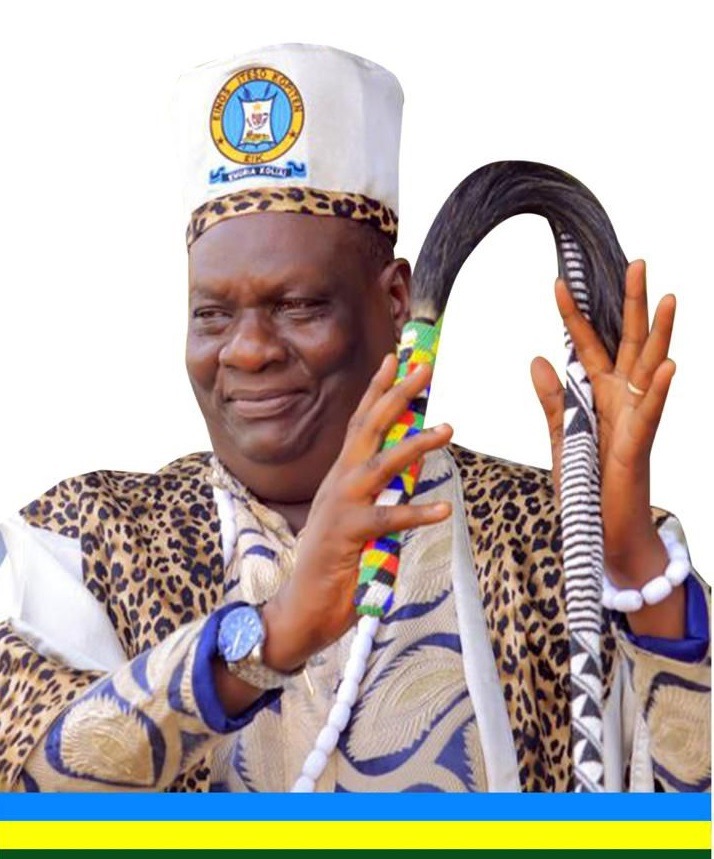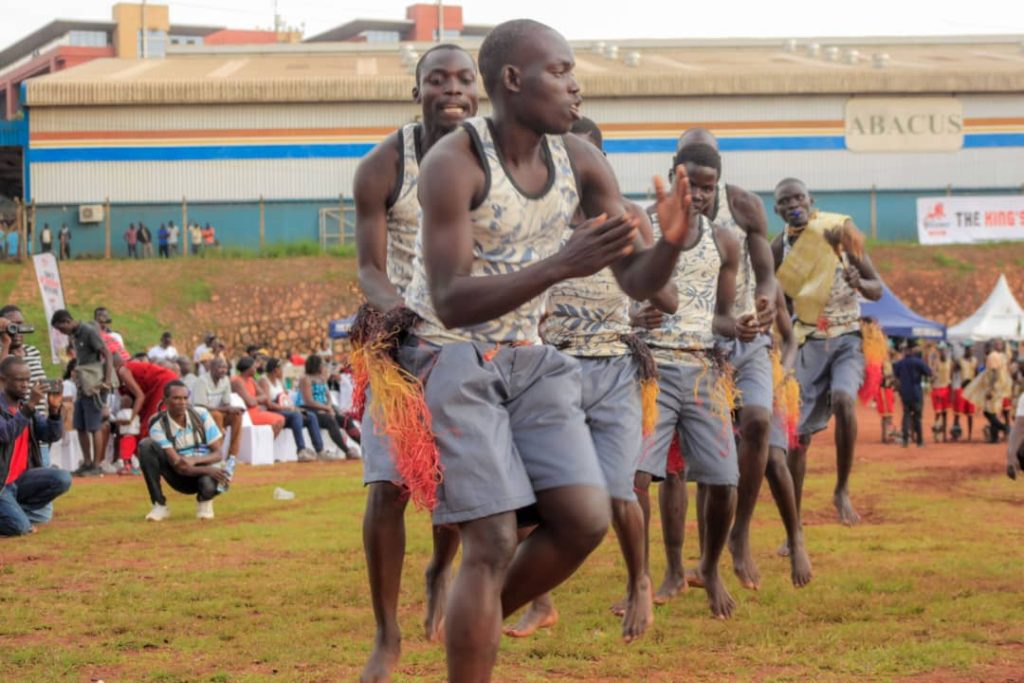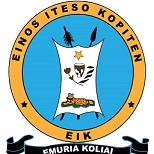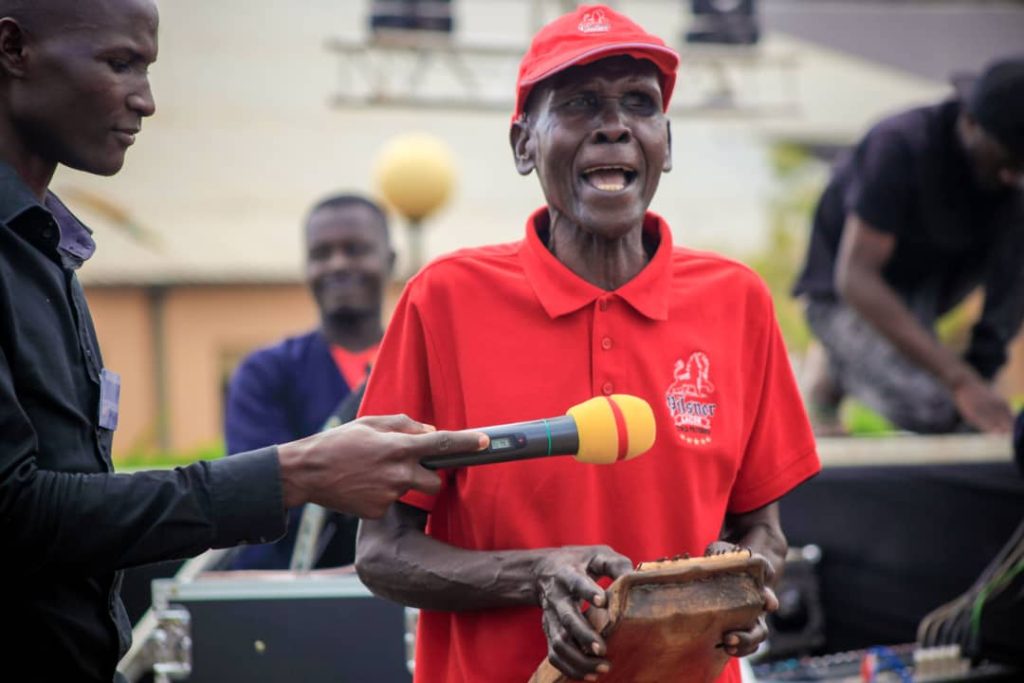Our Story
About Us
Our history
Enos is derived from the word ainotakin meaning to flock /gather/unite. Kopiten is derived from the ipiten or epitene which means culture. Enos Iteso Kopiten means flocking together in unity under the Iteso culture.
Emuria koliai is a slogan said to signify the Iteso culture continues to thrive. When Iteso meet

The population
The population is estimated to be 2,364,569 in Uganda, 417,670 in Kenya.

01
The Iteso People
The iteso people belog to the Nilotic group of people spanning over Uganda. Kenya and Sudan. Oral tradition and legend describes their migration to the fertile lands of eastern Uganda. According to the folklore, they migrated from Abyssinia (modern Ethiopia) in the 16th century, navigating through regions before settling in the present day teso region. The iteso people are proud of their cultural diversity which includes rituals, music, dance and art.
About Iteso
History of Iteso
Iteso migration is said to have lasted six generations from Abysinnia to Moruito (present day Moroto in Uganda) spanning as early as 1300 AD to 1800 AD. Each generation had its distinctive characteristics,
Ekosio Loka Einos Loka Iteso
- Wu okwe Loasuban Edeke papa, idar Iteso
Kojai aipuc kai napakin neja Iteso
Papa itogogong Emorimor Papa Iteso
Kotunakite isio ateker naka Iteso
Chorus : Emuria kolia koliai Emuria kolia
Kojai aipuc kainapakina neja Iteso X2
- Oni Iteso irai ateker na bonot
Anonokisisi lokai aibuses Emorimor
Papa Emorimor idar kere ijo Iteso
Koinono ejok lo esai ateker kon
Chorus: Emuria kolia koliai Emuria kolia
Kojai aipuc kainapakina neja Iteso X2
- Yesi atumunaka kere kere lu Teso
Kojenutu cut inonosio luka Iteso
Etopoloto onida akerianut wok
Narai na nesi aiea na esipor ateker
Chorus: Emuria kolia koliai Emuria kolia
Kojai aipuc kainapakina neja Iteso X2
Papakosi obe, loijokuna, Ekasuban kere,
Kimalai ijo noi kanuka Emorimorka Ikeswamakake kere.
Kimaimait koinak sio ka kes acowa ka angaleu naitekoro; kejaanakisi atekerekosi kotoma abeit, oipeione, oidicane, ka aminanara; kosaara erwom ka inonosiokosi anatar kere.
Komamete adis kaluciekosi,
Kiwonei: kijesak atekerekosi ka akwapukosi aipuc, ainapakin, apol ka ailajaara napur;
Kisilosik amiyo ka akeerianut nekosi, kajaasi ka ajare loibecokina.
Kojai ijo duc, Pap Lokasianan, mamakosi:
Kiding, aitomor isio ejautenekon,
Kingaren, aitodikite sio erot,
Osiep, aigaligal kenyeis apaar,
Kaukosi, ayuarite kama ikamengerak,
Kamaenenetei jo bon, Papa Loketimon,
Ikar keere.
- Iii- kito, Eirian.
(M.E.A. Elessu- Omaruk, 1999)
The social structure and organization of Iteso is defined by clans. The iteso was traditionally divided into age groups with each age group in charge of particular responsibilities, this system promoted intergenerational cooperation and harmony. These are Nilotic ethnic group of people. The population is estimated to be 2,364,569 in Uganda, 417,670 in Kenya.
According to the historical records available, there are 9. major clans of Iteso and these include the following:
Iteso people are largely from these clans below;
- Irarak
- Ikuruka
- Ikaruwok
- Ikatekok
- Igoria
- Inomu
- Ikomolo
- Iworopom
Clans are a network of families who trace their ancestry to a particular place or individual. The clan is the next unit of cultural identity after the family and the second largest unit under an ethnic nationality. Clans are central to social and cultural harmony as well as national development as they tend to settle land and family disputes before they ever get to the legal system.
There are however others that emerged from the above and it is also noted that some newer clans have also emerged and Iteso Cultural Union (ICU) is still verifying the authenticity of their historical account. To date we have 1556 clans registered
The iteso people have continued to maintain their identity despite the difficulties presented by modernity, and globalization by adhering to traditional practices, story telling and community involvement.
i. Ateso Language (agree what should be shared here.
ii. Ateso stories (to encourage readership among young people. Every month have an Ateso tale published. Constitute a team to do this)
iii. History of Enos Iteso Kopiten
iv. Iteso Music
v. Iteso food The staple food of iteso is finger millet (akima) and sorghum (imomwa)the cultural drink of ifinger millet
- Courtship(eisupane)
- Examination stage (angicio na ateran)
- Introduction (aitodiar
- Boys family assessment(abilakinio)
- Bride price delivery
- Ainyamakin ateran
Teso is blessed to have a a range of historical and heritage sites. Some of them include:
- Nyero Rock paintings in Nyero sub county in Kumi district, near the border with Ngora district. They comprise three tiered rock shelter with primitive paintings on their inner surfaces. The site dates back to later iron age.
- Soroti rock. Is iconic granite stone and located in Soroti City (eastern Uganda). It sands 1730 metres tall above sea level , It has a stunning panoramic view of the surrounding area.
- Lake Opeta Bisina (obtains its name from Abysinia where the Iteso migrated from )which is a unique water resources that is a source of a variety of over 1000 birds species such as the hornbill (esukusuk) which is feared to be under extinction (add a photo ). ………. Also the endemic fox weaver, shoebill, white-backed duck. This makes Bisina a great birding destination. Lake Opeta is believed to be the last remaining wetland between the drier Karamja in the north and wetter south.
- Kumi Hospital cave: it has an underground chamber which were once used as shelters during times of war. its also intriguing to know that it has connection to WWII were people sought refuge
- Kachumbala rock iceberg: located in Bukedea district
The iteso distinctive aesthentic sensibilities is reflected in their brilliant traditional clothing which is embellished with colorful beads , elaborate patterns and significant symbols.. they wear asuuka which is a wrapped cloth.

Shield: and spear are weapons of war. The shield is used for their defense, whereas the spears are used to attack. Therefore. They represent the need for Iteso to defend and protect their culture and values as well as the lands of Teso and its people.
‘Ejus*/the decorated stick): Behind the shield on the left is a special ebela (cane/stick/club) which is used for dancing especially the special celebratory cultural dance called ajosi. Ebela/cane is also a symbol of authority in Teso and every chief has a special ebela. It is also a symbol of identity among men.
The drum, leaves and the horn: These represent the culture and environment of the Iteso which all need to be protected. Preserved and passed to future generations of Iteso.
Etop/ the morning star: Star on the Shield represents Etop which is the planet venus (morning and evening star). The star is a symbol of the desire of Iteso to be more enlightened, progressive and to develop into a much betterr Ateker/ Iteso people.
Atawoi/genet cat: represents the Ikaruwok (worrior) clanof Ateker Iteso and the green background it is sitting on represents mother Teso. The genet cat on the green background therefore represents the need for Ateker Iteso to defend there people, land and way of life (culture).
Iteso History
ICU FLAG

Shield: and spear are weapons of war. The shield is used for their defense, whereas the spears are used to attack. Therefore. They represent the need for Iteso to defend and protect their culture and values as well as the lands of Teso and its people.
‘Ejus*/the decorated stick): Behind the shield on the left is a special ebela (cane/stick/club) which is used for dancing especially the special celebratory cultural dance called ajosi. Ebela/cane is also a symbol of authority in Teso and every chief has a special ebela. It is also a symbol of identity among men.
The drum, leaves and the horn: These represent the culture and environment of the Iteso which all need to be protected. Preserved and passed to future generations of Iteso.
Etop/ the morning star: Star on the Shield represents Etop which is the planet venus (morning and evening star). The star is a symbol of the desire of Iteso to be more enlightened, progressive and to develop into a much betterr Ateker/ Iteso people.
Atawoi/genet cat: represents the Ikaruwok (worrior) clanof Ateker Iteso and the green background it is sitting on represents mother Teso. The genet cat on the green background therefore represents the need for Ateker Iteso to defend there people, land and way of life (culture).

